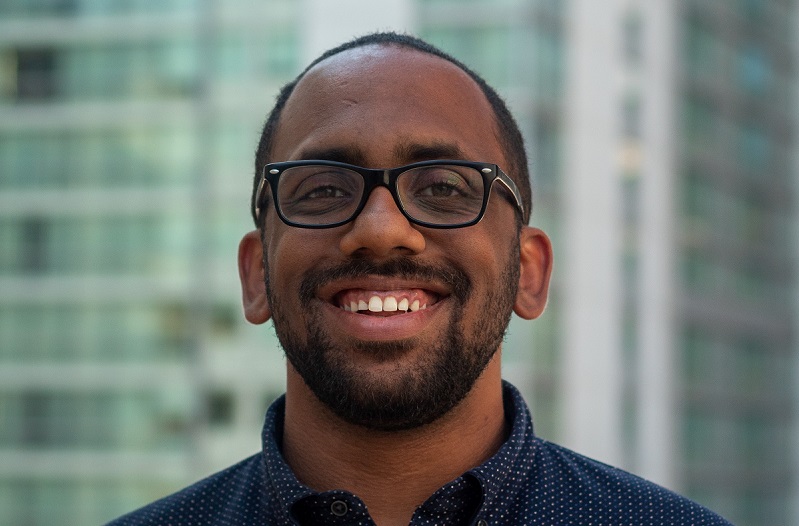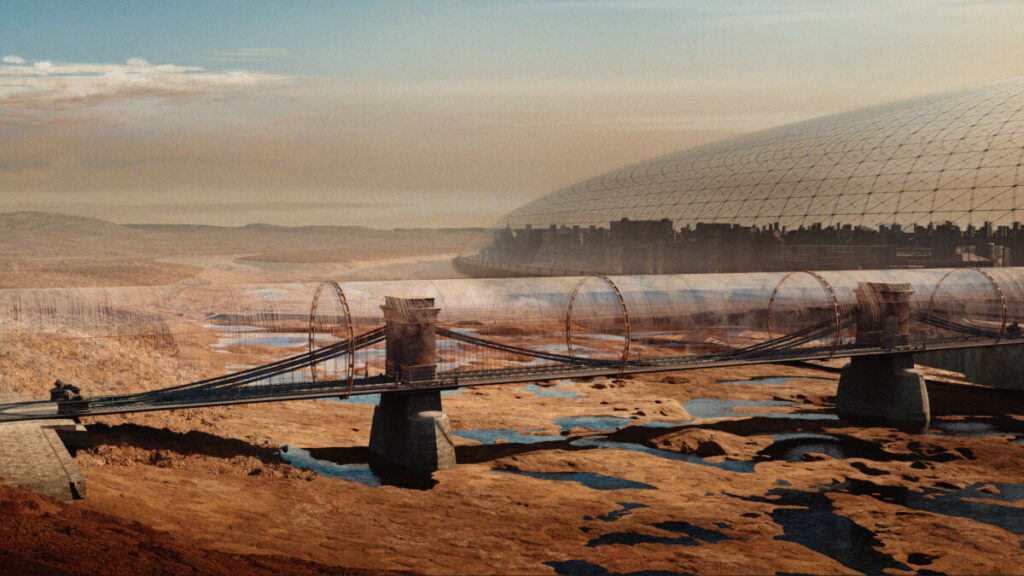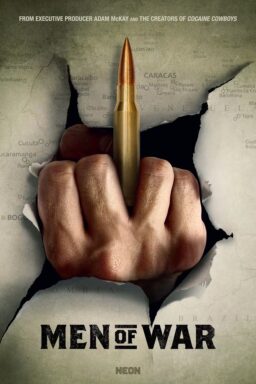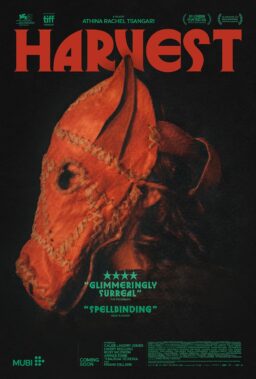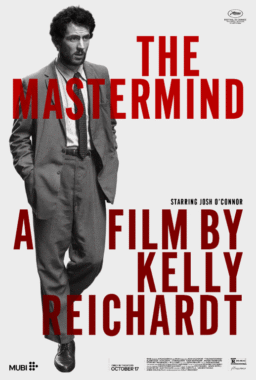For the second year in a row, I’m at the Karlovy Vary International Film Festival (KVIFF), and oh, how I have missed its winding cobblestone streets, its canals, and its resplendent Renaissance style. But most of all, I’ve missed the jubilant crowds and bountiful movies.
This year’s festival offers selections from Cannes, Sundance, SXSW, and Berlinale, along with rich competition titles. So far, it’s been tricky trying to get a read on the unifying theme of the selections (it is still early). In this dispatch, however, I have noticed the role of sacrifice—either to your craft or other people—as a critical throughline. It’s a theme that I hope finds its way into more films as more people grapple with the radical empathy for one another the pandemic was supposed to grant us.
I’m always a sucker for a high-concept dystopian post-apocalyptic concept, and the animated odyssey “White Plastic Sky” from directors Tibor Bánóczki and Sarolta Szabó fits the bill. It’s a combination of “Logan’s Run” and “Soylent Green,” particularly if the city in the latter were in on the twist. In “White Plastic Sky,” the year is 2123. Humans have inevitably killed the earth, causing the planet to become a barren, scarred wasteland of dry river beds, torrential storms, mountains of dust, and boats sunken into the cracked ground.
The population of Budapest lives underneath the safety of a dome, whereby they’re allowed to reside until the age of 50, when they’re required to sacrifice their body to the “plantation,” transforming them into trees for human consumption. Everyone knows their fate and where the food they consume comes from. And they’re fine with the deal if it means the continuation of the species.
Stefan (Tamás Keresztes), a therapist, helps his patients cope with the grief of the perpetual losing loved ones. He agrees with the practicality of the government’s plan until his wife Nora (Zsófia Szamosi) opts for voluntary implantation, deciding she’d rather become a tree now rather than live her remaining 18 years in the grief of a tragedy that recently befell the couple. A desperate Stefan opts to infiltrate the plantation, steal back Nora’s body and reverse the procedure by trekking across Earth’s charred landscape to a secret mountain laboratory.
Crafted by rotoscope animation, the first hour of “White Plastic Sky” is a thrilling piece of world-building, textured by evocatively hued violet, red, and blue-grey lighting. Before long, the film transitions into the expected beats such concepts provide—such as revealing secrets withheld from the masses—and culminates in a thought-provoking finale that seriously asks whether humans should step aside to allow nature to retake the globe. While the conclusion’s science doesn’t wholly track, the emotional decision-making is a forceful grace note, decentering the importance of the human race while never negating the matters of the heart.

Days since the credits rolled on Pham Thien An’s enrapturing feature debut, “Inside the Yellow Cocoon Shell,” his expansively rendered intimate vision continues to shake, evade, and bend me. An’s tome poem film—winner of Cannes Film Festival’s Caméra d’Or—works on every possible visual and sonic level.
It begins on an invigorating note, with a tracking shot that moves from a soccer game to a Saigon sports bar where Thien (Le Phong Vu) and his buddies sit and debate the practicality of spirituality. A sharp gust of wind and a curtain of rain, seemingly emanating from a divine will, picks up, causing a motorbike to crash. Thien later learns that his sister-in-law died in that accident, leaving her son orphaned. The spiritually cynical Thien travels back to his village to bury her and find his brother, the father of his nephew, who has absconded to God knows where without a trace.
An offers a transcendent character study built upon a sense of duality: There is the tension between the spirit and the flesh, death and life, the city and the country, even between past and present—which, in turn, relies on viewers to faithfully follow these divergent strands through the entire three-hour run time.
Recalling the work of Apichatpong Weerasethakul, there are too many astounding compositions—frames within frames, piercing depths of field, revelatory oners that arouse the viewer toward rapturous awe—to count. There are too many daring and deft editing choices to believe. Each scene is a filmic victory.
There are two sequences, in particular, I can’t forget. One is a single-shot sequence that has Thien visiting an elderly retired Army officer turned the village’s shroud maker: It begins outside of the official’s humble shack as a frame within a frame, positioned outside of the shack’s window, where we are content overhearing the official tell Thien about his memories of fighting in the Vietnam Wart. An, however, is unafraid of pressing boundaries. He begins pushing the camera in through the window with a skill comparable to Michelangelo Antonioni’s “The Passenger.” What follows is a breathtaking monologue about youth, vigor, honor, and devotion to a craft.
Another of the film’s memorable sequences involves the final search by Thien for his brother. In a film brimming with natural, reverent metaphors—the birds, the wind, and rain—and an invocation toward a divine law that seems to bend time, the final shot, a quietly cathartic baptism, gives An’s “Inside the Yellow Cocoon Shell” a sense of the has been, the being and the becoming, a cinematic trinity that begs the viewer to awake, arise, and be among the fallen.

Naqqash Khalid’s feature directorial debut “In Camera” is a stylish, surreal satire probing the nightmarish plight faced by working British-Asian actors in an apathetic industry: It concerns Aden (Nabhaan Rizwan), a bit player making his way through the economic gauntlet such dedication to this career requires. When the film—a selection of Karlovy Vary’s Proxima competition—is firing, it’s “Hollywood Shuffle” by way of MENA identity and, quite simply, an audacious statement.
Oftentimes, Aden is seen as one of many Brown actors who are solely recognized for their audition number. To make ends meet, Aden takes any opportunity to act as an extra on stage, modeling and becoming a surrogate son for a grieving mother. The latter situation sees Aden being hired by the mother to wear her son’s clothes, act like him, and even have dinner with the family in a bid for her closure. The sequence not only demonstrates Aden’s incredible commitment—Rizwan, in particular, dances on the edge of danger with aplomb—it culminates in a mournful scream, grieving for a portion of oneself you can’t get back.
It’s a feeling Aden knows all too well. He remains edgy even at his apartment, shared with his two roommates. He is putting on a face, slowly doling out the real parts of himself until there’s nothing left. Every time “In Camera” turns its lens toward Aden, it discovers a new truth about the crushing economics, defeats, and alienation Brown actors face (one scene even sees Aden auditioning to be a terrorist). However, Khalid’s bold, colorful vision falters when he diverts his gaze away from Aden to his white roommate, who’s struggling with the grind of being a medical professional. Surely, the parallel is meant to demonstrate how fealty to one’s craft can undo the person. But the comparison doesn’t wholly align enough politically or racially to not disrupt Khalid’s cogent narrative.
A tantalizing thread involving Aden’s other roommate (Amir El-Masry), a self-absorbed designer, is pulled to greater lengths, especially as the tension between them continues to increase (are they brothers in arms or two MENA people who must be crabs in a barrel to survive?). Their relationship leads to a case of mistaken identity that so deeply corrupts Aden that he can barely recognize himself. “In Camera,” with its vivid use of color and its brazen compositional swings, has the rare power of being incisively hilarious, witty, and monumental without beating its audience over the head.
